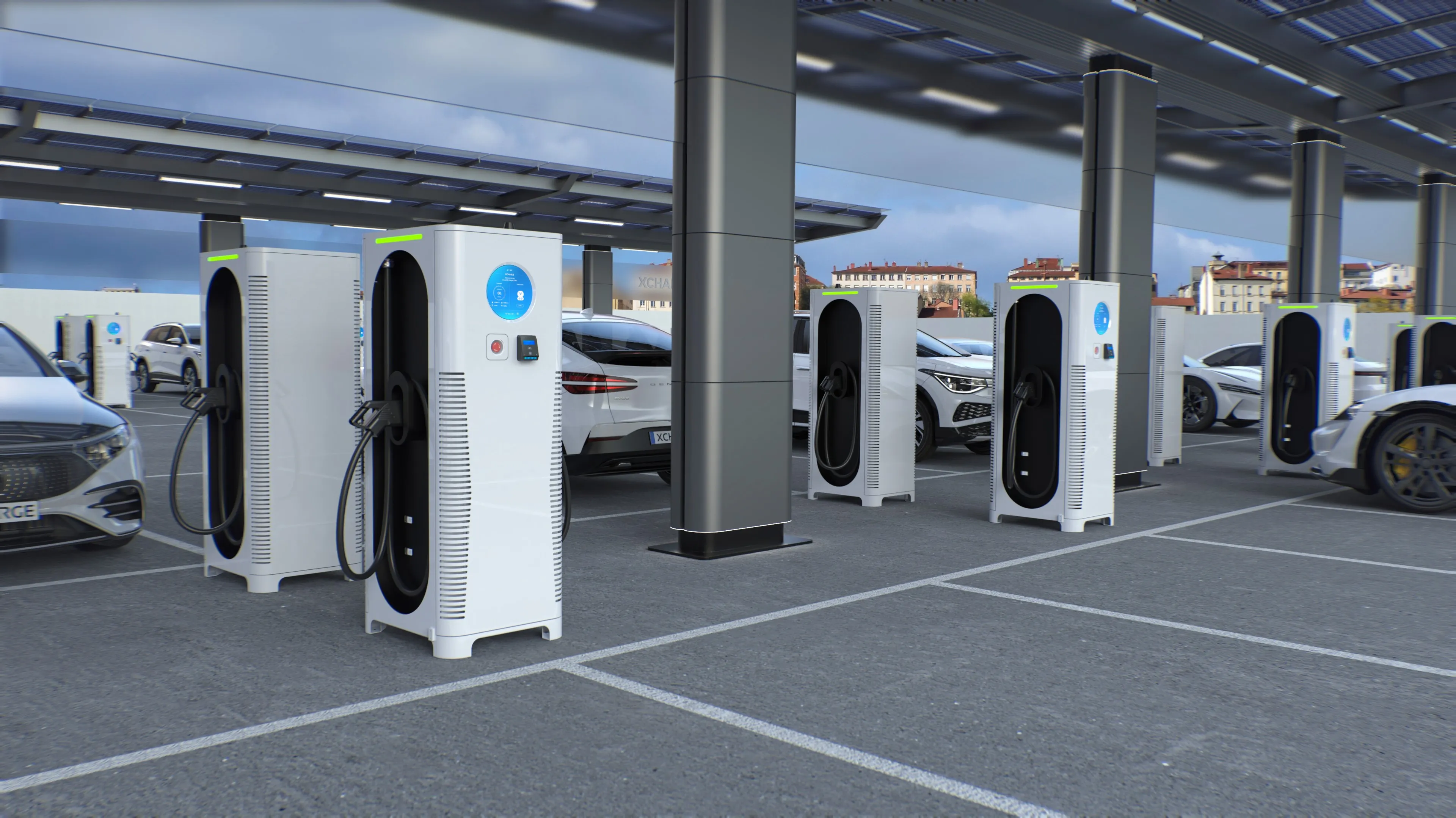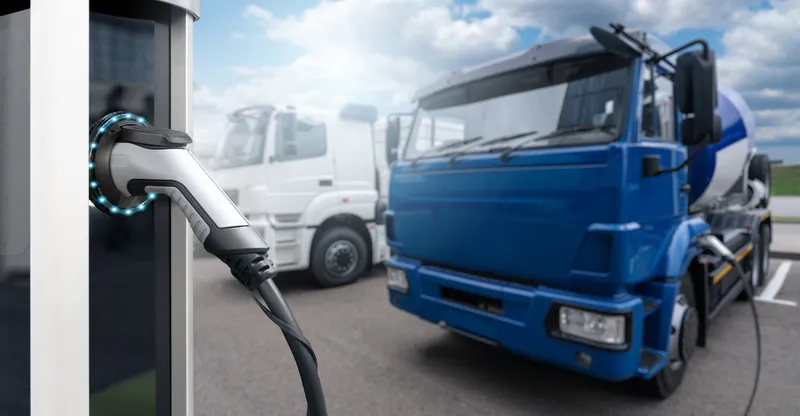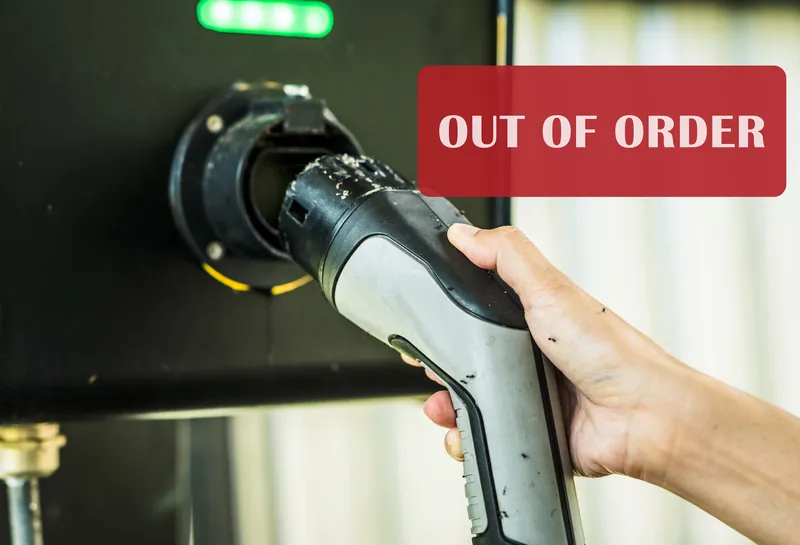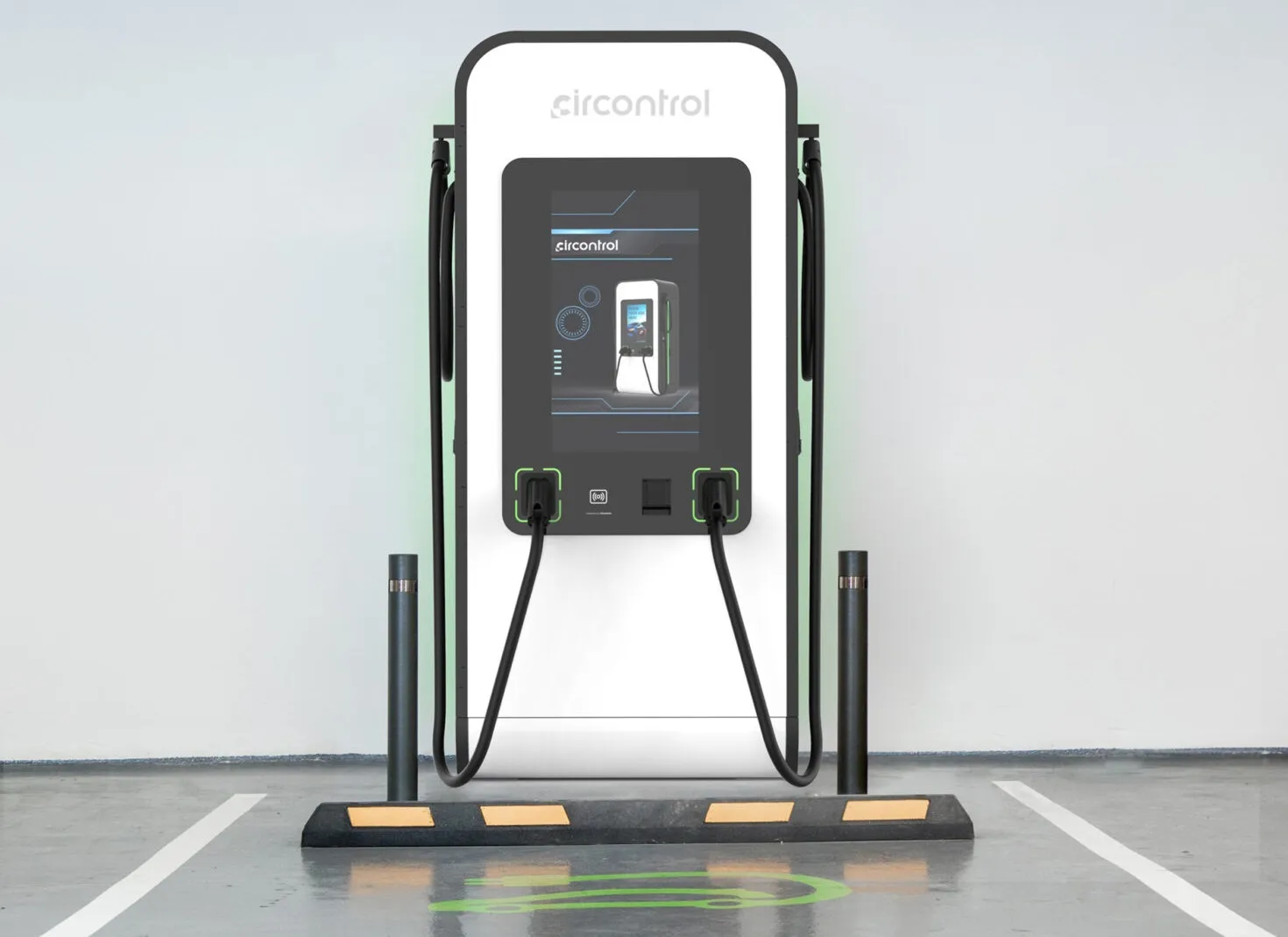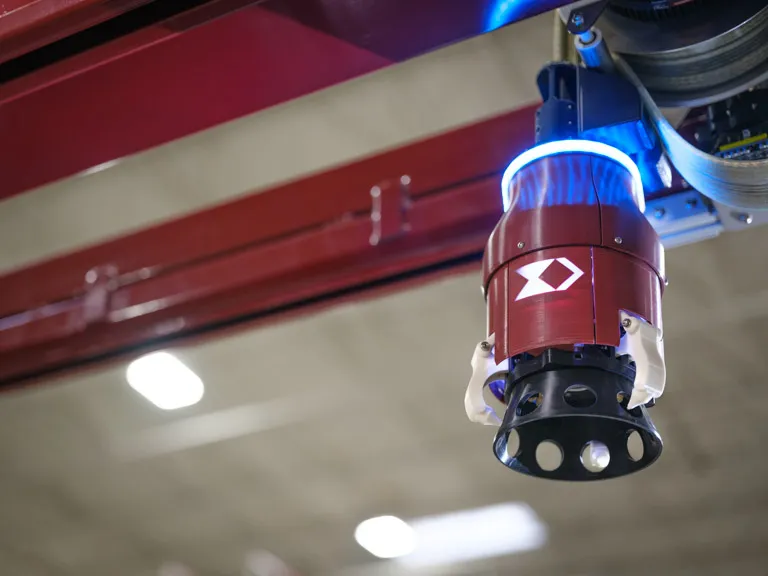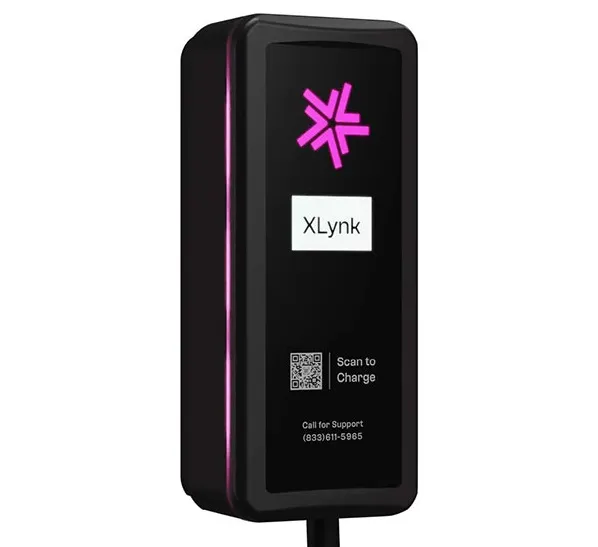
This partnership aims to accelerate the build-out of affordable, nationwide infrastructure to support the growing demand for these vehicles.
PACT and EEI will collaborate on cross-sector initiatives aligned with the National Zero-Emission Freight Corridor Strategy. Their focus will be on ensuring grid readiness across various regions, helping truck manufacturers and fleet operators meet federal and state ZEV regulations. They will also share best practices for forecasting electric charging demand and streamlining processes to reduce the cost and time required to deploy charging infrastructure.
“PACT’s partnership with the Edison Electric Institute is an important and much-needed step toward unlocking the benefits of a commercial zero-emission vehicle future,” said Aravind Kailas, advanced technology policy director at Volvo Group North America and PACT founding member. “Collaboration among vehicle manufacturers, truck fleets, and electric companies is vital for an affordable energy transition in trucking.”
Partnerships like this are key to driving electric commercial vehicle adoption. Alongside EEI, PACT is also working with groups like the Natural Resources Defense Council to support policies that will accelerate the expansion of the electric grid in key states. “This is one issue on which NRDC, electric utilities, vehicle manufacturers and charging developers can agree,” said Max Baumhefner, director of EV infrastructure, NRDC. “We’re glad they’ve joined together to build the infrastructure needed to meet our clean air goals. It’s the job at hand.”


